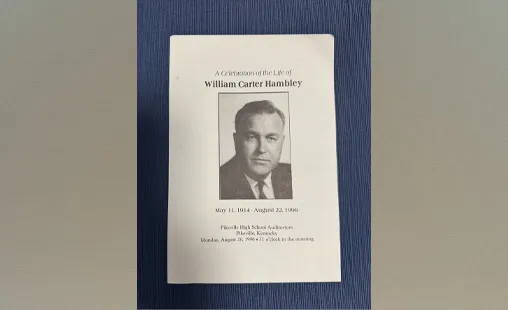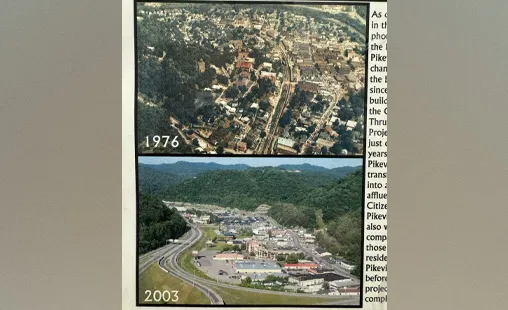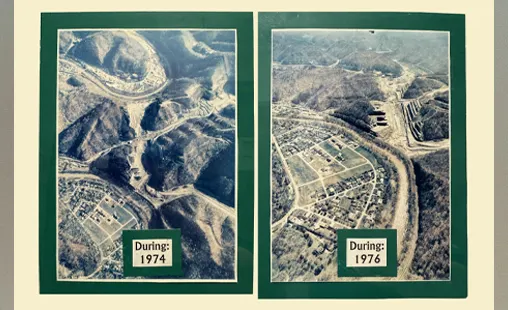History of the
Pikeville Cut-Through
From mountain barrier to bold transformation — how Pikeville reshaped its future through one of the largest earth-moving projects in the U.S.
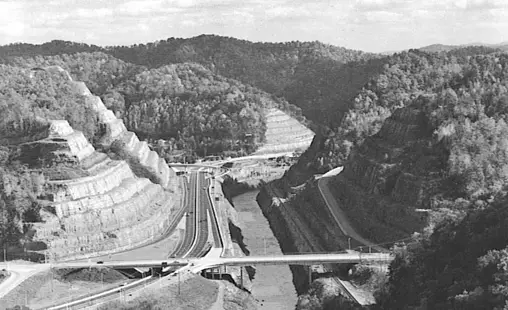
In the mid-1900s, Pikeville, Kentucky faced a geographic dilemma. The city was hemmed in on all sides by mountains, a river, and an active railroad — making expansion nearly impossible and flooding a persistent threat. Downtown Pikeville was vulnerable to frequent inundation by the Levisa Fork of the Big Sandy River, and commercial growth was stifled by the lack of usable flat land.
Mayor William C. Hambley envisioned a transformative solution: a monumental project that would move Peach Orchard Mountain, reroute the river, and relocate the railroad — all while reclaiming over 400 acres of flat land for the city's future. After decades of planning and federal partnership, construction began in 1973.
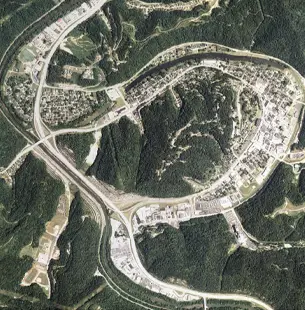 The Pikeville Cut-Through Project was completed in multiple phases, with the final stage finishing in 1987. More than 18 million cubic yards of rock were removed, creating a channel that now houses the river and rail line, and freeing the downtown area from its physical and economic constraints.
The Pikeville Cut-Through Project was completed in multiple phases, with the final stage finishing in 1987. More than 18 million cubic yards of rock were removed, creating a channel that now houses the river and rail line, and freeing the downtown area from its physical and economic constraints.
Today, the Pikeville Cut-Through stands as a symbol of Appalachian resilience, ingenuity, and bold civic vision. It reshaped the city’s geography, enabled substantial development, and remains one of the most ambitious civil engineering efforts ever undertaken by a small American city.


